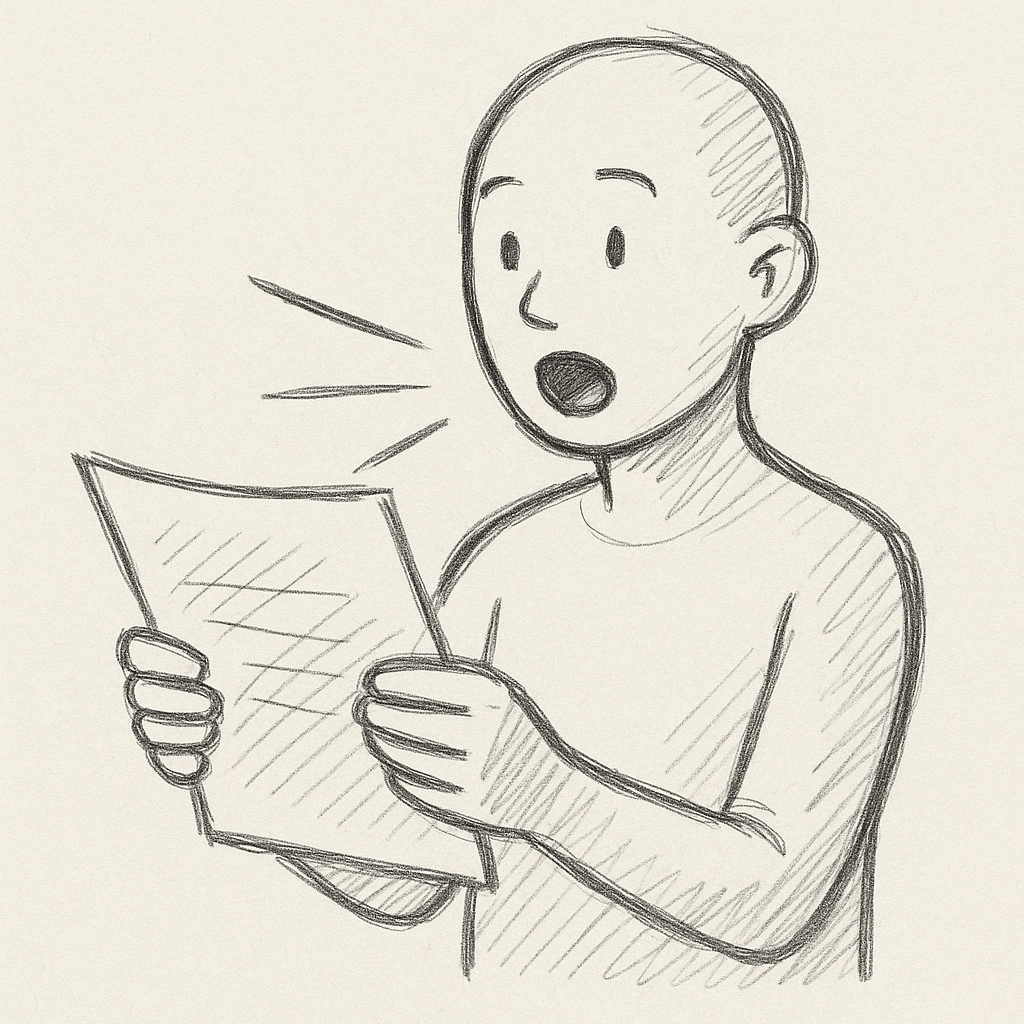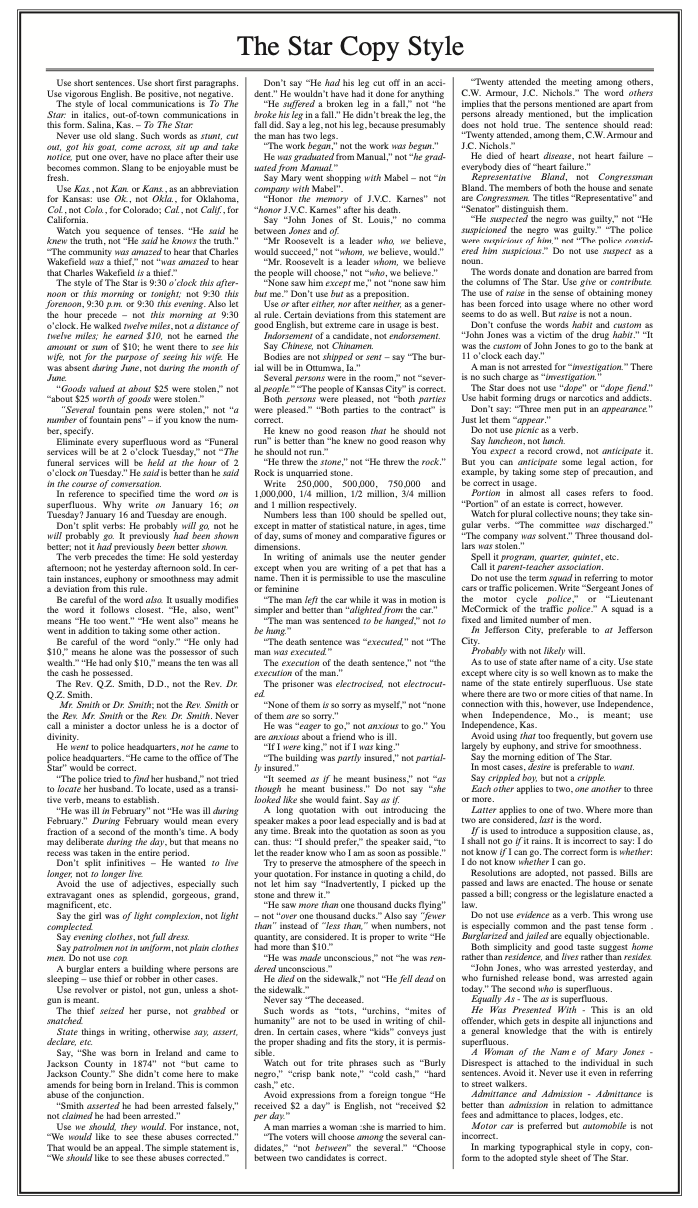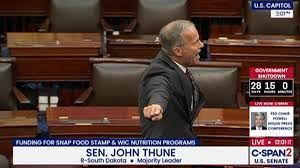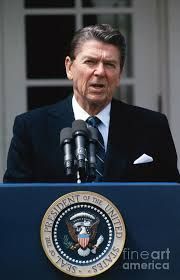Nib #19: Meet Your Audience Where They Are
One of the burdens persuasive writers shoulder is knowing more about their topic than their audience. In theory, it’s a benefit, even a prerequisite for making effective arguments. But the same subject mastery needed to make writing persuasive can make writers un-persuasive.
If a writer’s immersion in a topic transcends knowledge acquisition and becomes something like a personal or professional identity, he can lose the ability to discuss the topic with anyone other than fellow experts. Some even see their inscrutability to laymen as a point of pride — evidence of intellectual superiority.
It’s not.
Incomprehensible writing is bad writing. To persuade, writers must meet each audience where they are. As a matter of rhetorical strategy, this means framing and prioritizing points according to the audience’s values and goals, yes. But it should also govern word choice, sentence structure, and paragraph transitioning. How and when to cite references. How much to telegraph and explain an argument’s logical steps.
It’s the writer’s job to persuade, not the audience’s to be persuaded. To move readers from A to B, you have to meet them at A. If you write a speech, memo, oped, or other persuasive composition that your target audience just can’t understand, it’s not their fault for being dumb. It’s your fault for treating them like they are.
Your audience will always — but only — give your writing the hearing it deserves.
Until next week… keep writing!











